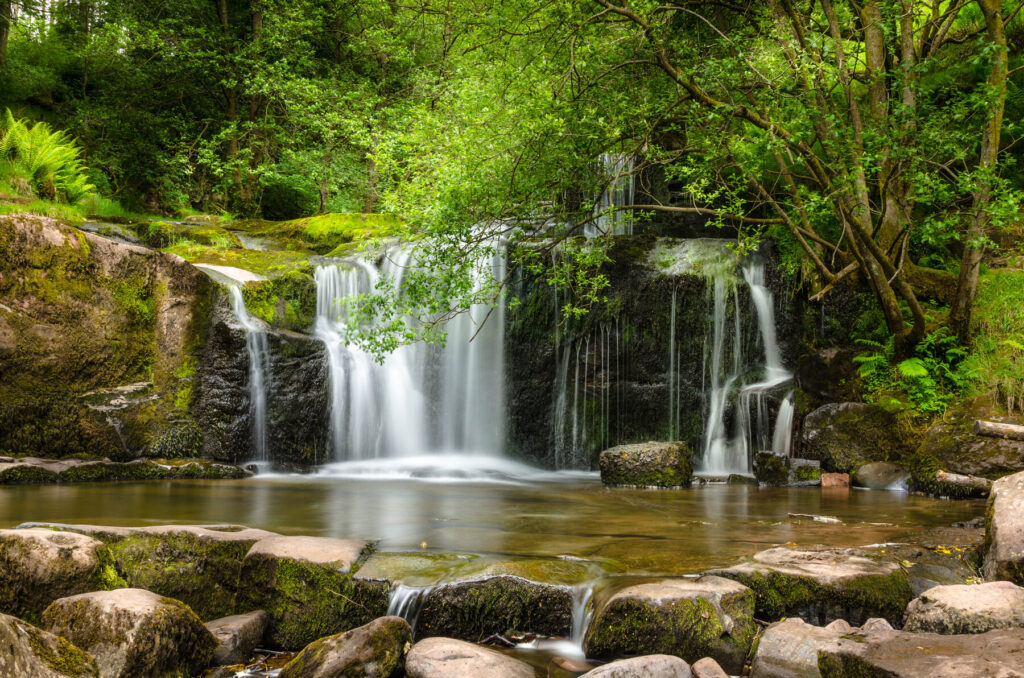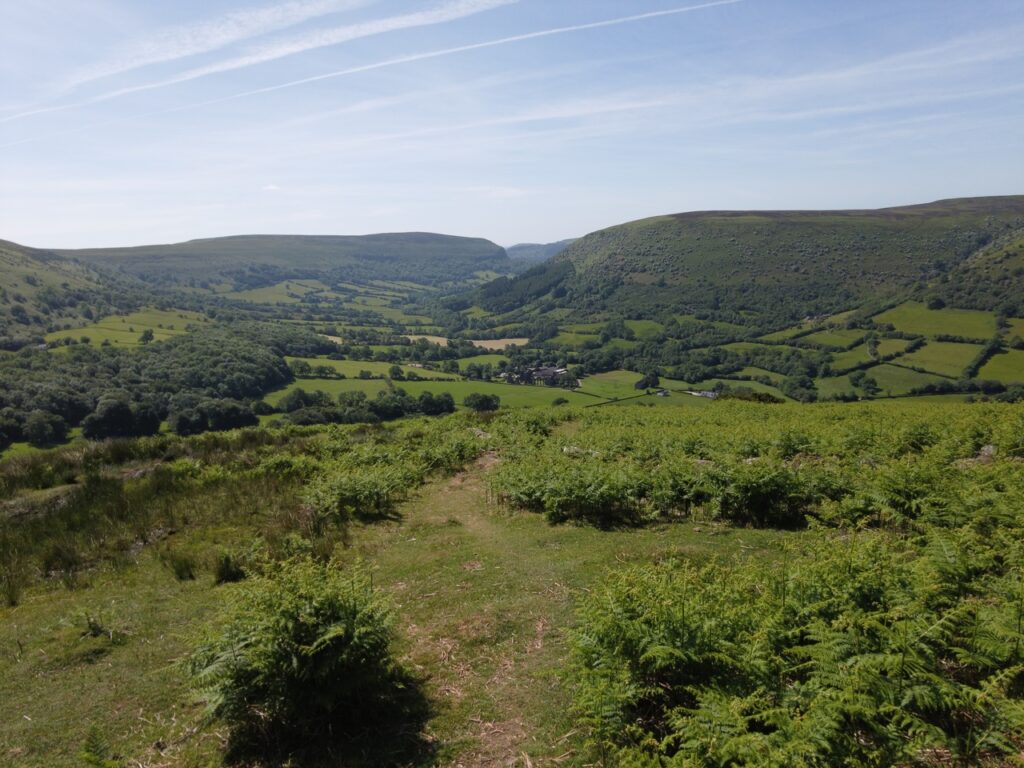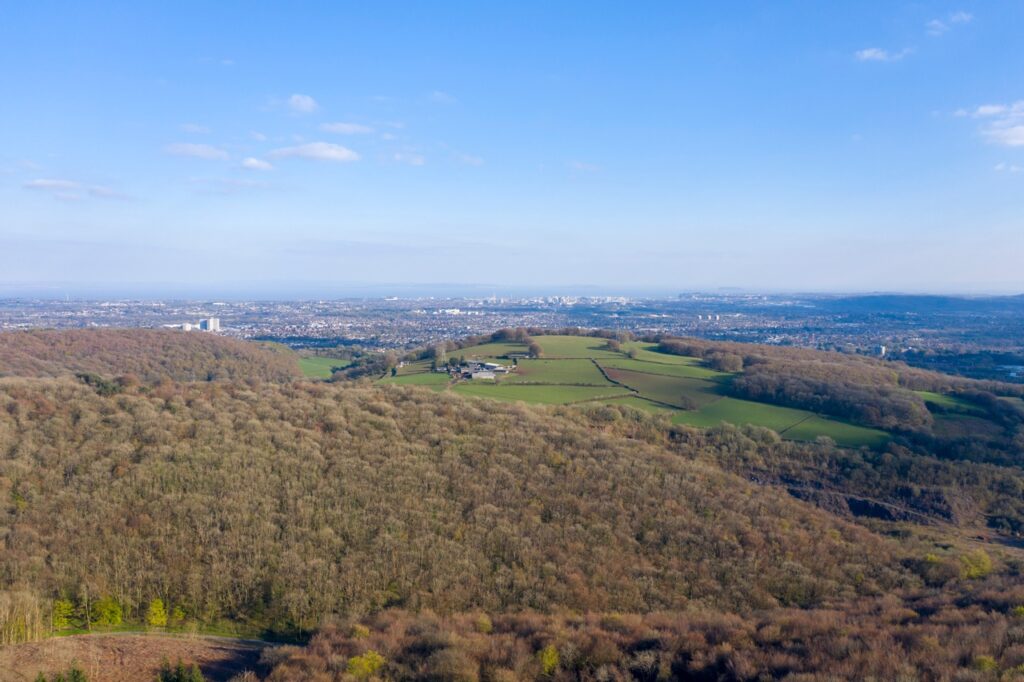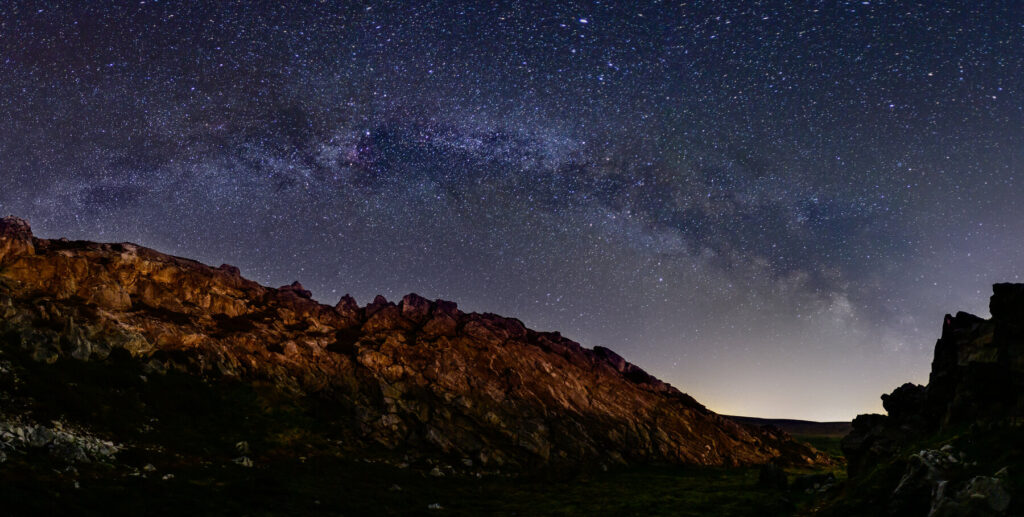South Wales’s Brecon Beacons is walking country par excellence – there are some 163 peaks here – and although in parts as popular as Snowdonia, is still large enough that you can find your own little corner. For the more adventurous, or those with some time, the 100-mile Beacons Way presents the ultimate challenge.
The park ranks the twin peaks of Pen-y-Fan and Corn Du as its highest – and by extension the loftiest in southern Britain. Both are eminently doable for anyone with a reasonable level of fitness, but during summer walkers home in on these two summits in big numbers, so you may want to divert elsewhere.
The western Beacons
Bleaker and wilder than any other area of the Brecon Beacons, the untamed western Beacons can be classified as having two distinct parts, namely the Black Mountain, not to be confused with the easterly Black Mountains (ie: plural) range, and Fforest Fawr, roughly somewhere between the Black Mountain and the central Beacons.

Few visitors take to the higher, more hostile interior of the western Beacons, preferring instead to stick to the beauty spots and attractions clustered in and around the southern fringes, like the Mellte and Pontneddfechan waterfalls and the caves at Dan-yr-Ogof.
Black Mountain
Contrary to its name, the Black Mountain (Mynydd Du) is not a singular peak but instead the name given to an area of mountains roughly spread between Ammanford in the southwest and Sennybridge in the north.

The Black Mountain’s inaccessibility means that it receives relatively few visitors, certainly compared with much of the rest of the Brecon Beacons, and therein lies much of its appeal. This elusive, untamed mountainous area also provides some of the most challenging walks in the national park, as well as some exceptional bike rides and drives, but whichever your preferred mode of transport, you’ll barely meet another soul here.
Fforest Fawr
A member of the European Geoparks Network and the UNESCO Global Network since 2005, Fforest Fawr translates as ‘Great Forest’, which is actually a bit of a misnomer because there’s hardly any forest here at all. Instead, this 300-square-mile area of moorland between the Black Mountain and the central Beacons takes its name from when it was used as a royal hunting ground.

One of just two geoparks in Wales, and eight in total in the UK, Fforest Fawr is a landscape some 500 million years in the making, from the Ordovician and Silurian rocks, the oldest, through to the red sandstone of the Devonian (400 million years) and Carboniferous limestone (350 million years) rocks, which are the two main materials that comprise this immediate landscape.
The Central Beacons
Slightly confusingly, the central Brecon Beacons is the area after which the whole national park is named. Although not approaching the heights of much of Snowdonia, the terrain here is still unmistakeably mountainous, comprising great walls of the same red sandstone that characterises much of the national park and sharp peaks that rise abruptly from the glacially carved landscape.

This is prime Beacons walking territory, and of all the areas within the park, the one where you’re likely to meet the greatest number of fellow walkers, most of whom are targeting the twin peaks of Pen-y-Fan (2,907ft) and Corn Du (2,863ft), South Wales’s – in fact southern Britain’s – two highest mountains.
These summits lie almost immediately due south of Brecon, a very likeable small town with a coterie of interesting sites, as well as excellent accommodation and dining, hence why many people choose to use this as the place to base themselves if they’re intending to spend any length of time in these mountains.
The Beacons Way
Inaugurated in 2005, but revised and extended in 2016, the Beacons Way is a stamina-sapping 100-mile linear walk through the park. It’s not just the length that makes this a real challenge, but the variety of terrain, from tough climbs and undulating ridges to peat bogs – and that’s before you’ve even started to factor in the weather.
Starting in Abergavenny, the trail meanders east–west to Llangadog, and some of the highlights en route include Skirrid, Llanthony Abbey, Crickhowell, Partishow Church, Table Mountain, Pen-y- Fan and Carreg Cennen. The website maps the route in eight stages (days), including what to see and accommodation options along the way.
Travel to Brecon Beacons
By car
The main road through the national park is the north–south A470, which spears through the heart of the Beacons between Brecon town and Merthyr Tydfil, though this is by no means the most spectacular of the park’s roads. The fast A40 from Abergavenny runs up the park’s western flank before curling around to Brecon and then looping back down along the eastern flank en route to Carmarthen.
By train
Of the places in this chapter, only Abergavenny has a train station, from where you can transfer to a bus to Brecon and Crickhowell. Otherwise, the Heart of Wales line skirts the park’s western boundary, with stations at Ammanford, Llandeilo and Landovery, from where you could get a bus to Brecon town.
By bus
In the absence of trains, you’ll be heavily reliant on buses in this region. The main routes are #43 from Abergavenny to Brecon via Crickhowell; #39 from Brecon to Talgarth and Hay-on-Wye; and the #T6 from Brecon to Swansea.
By bike
Of course, the most eco-friendly way of travelling is by bike, and the Brecon Beacons are ready-made for cyclists of all persuasions, whether that’s easy road cycling or tougher mountain-bike trails. There are some excellent-bike hire companies in the Brecons, including Bikes & Hikes in Talybont-on-Usk and Drover Cycles in Hay.